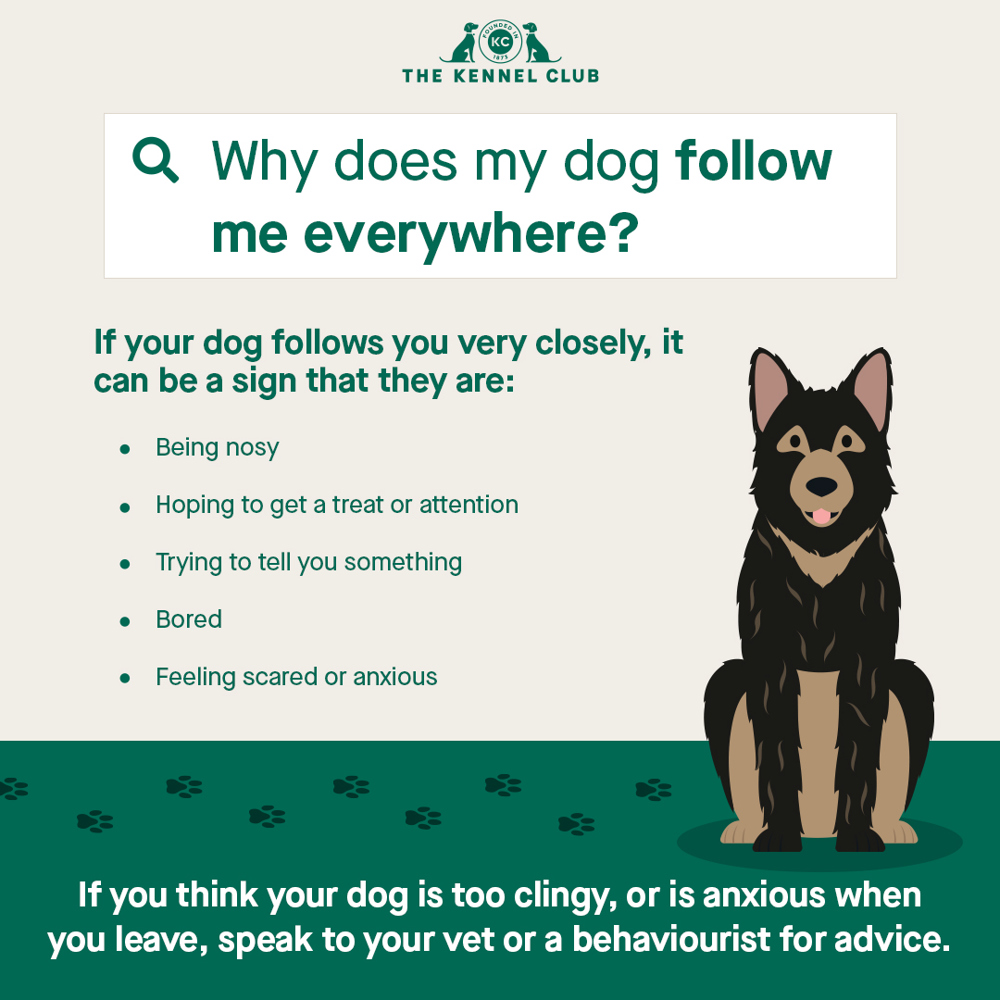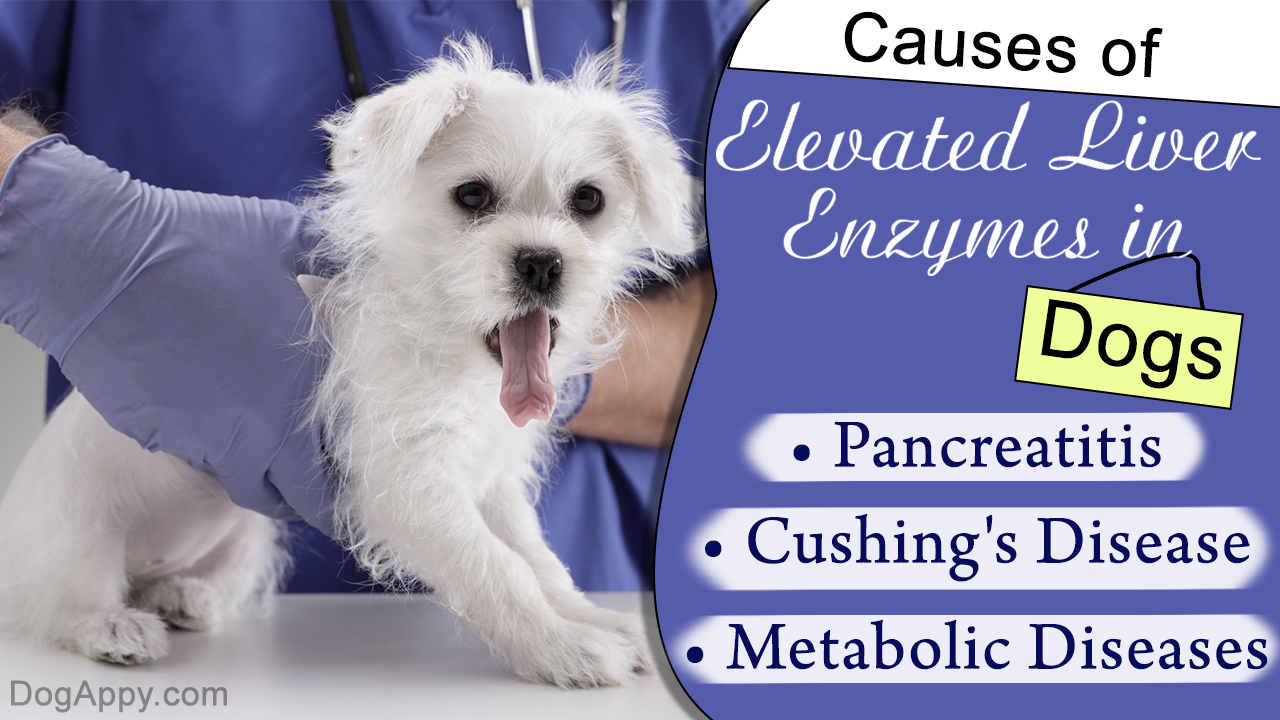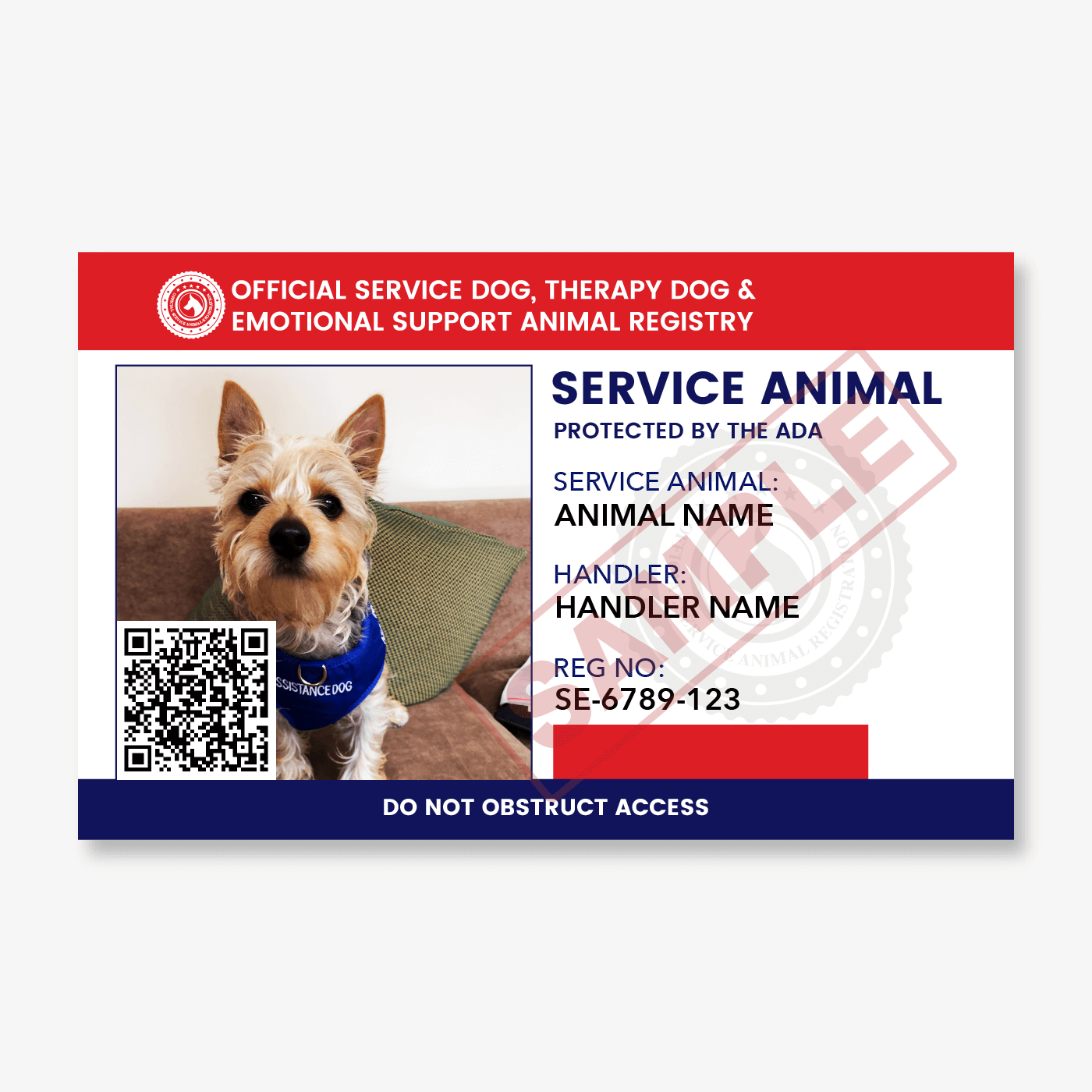Systemic yeast infections in dogs
Systemic Yeast Infections In Dogs. According to Natural Dog Health Remedies yeast infections in dogs are caused by an organism known as Candida albicans which is both a yeast and a fungus. Under normal conditions this yeast is present in your dogs digestive system and does not cause any problems but if certain other factors come into play your dog can become ill. Ear infections caused by yeast may also be treated with ointment and oral medication. Dogs are just as prone to yeast infections as humans are although some canines suffer from chronic repetitive cases.
 Dog Yeast Infection Treatment Animal Infirmary Veterinary Singapore From animalinfirmary.com.sg
Dog Yeast Infection Treatment Animal Infirmary Veterinary Singapore From animalinfirmary.com.sg
A Systemic Yeast Infections in dogs is a condition that occurs when yeast builds up in a dogs body. The most common symptoms of the yeast are ear canal infections and paw licking. During this imbalance harmful yeast that is normally present multiplies rapidly and systemically invades the body. Topical ingredients that are effective in treating yeast include chlorhexidine miconazole and ketoconazole. Infection results in redness of the skin with hyperkeratosis or thickening and hyperpigmentation. Yeast infections in dogs are a secondary problem meaning an underlying condition has led to yeast overgrowth.
Yeast normally live on the skin of dogs but when there is a change in the health of the skin or the immune system of the dog yeast are more likely to multiply and a yeast infection results.
Yeast overgrowth occurs when the immune system is compromised. Topical ingredients that are effective in treating yeast include chlorhexidine miconazole and ketoconazole. Other common symptoms of systemic yeast infection in dogs may include. Yeast infection treatment is usually topical such as medicated shampoos. Symptoms of yeast infection in dogs include. It normally lives in your dogs anal sacs ears and rectum but it can also become opportunistic and spread beyond these areas.
 Source: dogtime.com
Source: dogtime.com
Candida infection can occur in one specific part of the body localized or it can spread throughout the entire body systemic. Although yeast infections are rarely fatal treatment is necessary to ensure your dog is returned to full health. Canine yeast infections are commonly seen in skin folds axillary armpit and inguinal regions and ears of infected dogs. Far too often when dogs are diagnosed with allergies they are in fact really suffering from a systemic yeast infection be it on the surface of the skin or the whole system. Ectopic Ureters in Dogs and Cats.
 Source: drjeandoddspethealthresource.tumblr.com
Source: drjeandoddspethealthresource.tumblr.com
Ear Mites in Dogs and Cats. Yeast infection in paws and belly. A Yeast Infection in dogs causes lots of discomfort with itching and scratching being the main symptom. Scales and crusty flaky skin. Causes of a systemic canine yeast infection can include.
 Source: nzymes.com
Source: nzymes.com
Other common symptoms of systemic yeast infection in dogs may include. Underlying skin disease mainly atopic dermatitis or flea allergy dermatitis. Generalized skin yeast infections tend to be itchy and infected dogs will scratch excessively. Your dogs systemic yeast infection is caused by a simple organism called Candida albicans. Clinical signs include itchiness redness scaly or crusty skin and foul odor.
 Source: dog-nutrition-naturally.com
Source: dog-nutrition-naturally.com
Yeast Infection In Dogs Symptoms. Canine yeast infections are commonly seen in skin folds axillary armpit and inguinal regions and ears of infected dogs. Infection results in redness of the skin with hyperkeratosis or thickening and hyperpigmentation. Skin irritation skin redness with or without sores rancid skin. Underlying diseases that weaken the dogs immune system.
 Source: dogtime.com
Source: dogtime.com
The most common symptoms of the yeast are ear canal infections and paw licking. Scales and crusty flaky skin. Systemic yeast infection in dogs means that there is an issue or imbalance in your dogs body that causes the yeast to overgrow. Yeast dermatitis or Malassezia dermatitis is an extremely common skin disease in dogs. Treatments for yeast infections on the skin can include topical antifungal creams wipes sprays and shampoos.
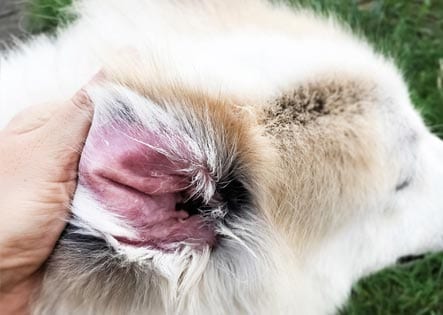 Source: vetericyn.com
Source: vetericyn.com
Yeast dermatitis or Malassezia dermatitis affects paws This is common in dogs and can affect the lip margins ears armpits groin the underside of the neck and skin in between the toes. Ear infections caused by yeast may also be treated with ointment and oral medication. During this imbalance harmful yeast that is normally present multiplies rapidly and systemically invades the body. During this imbalance harmful yeast that is normally present multiplies rapidly and systemically invades the body. Symptoms of a Systemic Canine Yeast Infection.
 Source: pethelpful.com
Source: pethelpful.com
Thickened andor darkly pigmented skin. Candidiasis is an underlying cause of many skin and coat problems allergies fungal infections dog ear infections digestive problems food sensitivities and other symptoms in our canine companions. Although yeast infections are rarely fatal treatment is necessary to ensure your dog is returned to full health. Thickened andor darkly pigmented skin. Canine yeast infections are commonly seen in skin folds axillary armpit and inguinal regions and ears of infected dogs.
 Source: animalinfirmary.com.sg
Source: animalinfirmary.com.sg
Ear infections caused by yeast may also be treated with ointment and oral medication. Typical characteristics of a yeast infection include. Candida albicans is a sugar-digesting yeast normally found in a pets mouth digestive system ears and nose. The yeast Malassezia pachydermatis is present in many dogs with skin allergies causing itching infection and sometimes licking to the point of self-mutilation. Systemic yeast infections can cause your dog to itch all over.
 Source: 123rf.com
Source: 123rf.com
Underlying diseases that weaken the dogs immune system. If this is the case antibiotics and steroids will not clear up the source of the problem. Simply put a systemic Yeast Infection in dogs is the results of an imbalance in the GI gastrointestinal tract the gut. Blocked Cats are an. Symptoms of yeast infection in dogs include.
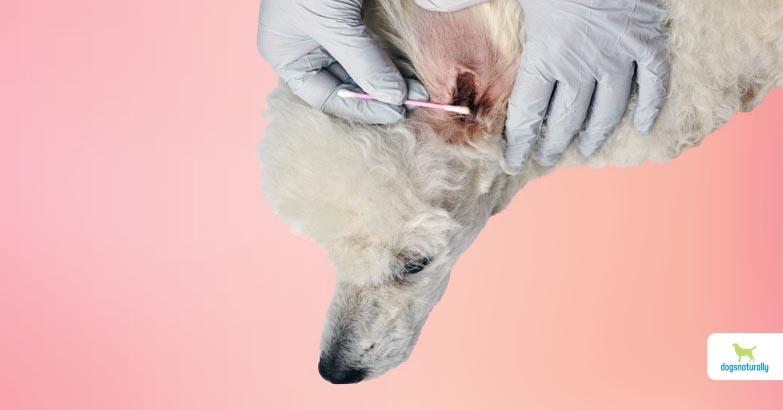 Source: dogsnaturallymagazine.com
Source: dogsnaturallymagazine.com
A Systemic Yeast Infections in dogs is a condition that occurs when yeast builds up in a dogs body. During this imbalance harmful yeast that is normally present multiplies rapidly and systemically invades the body. Yeast is more prevalent in the summertime as it thrives in hot and humid weather and often gets mistaken for allergies. Thickened andor darkly pigmented skin. Systemic yeast infections can cause your dog to itch all over.
 Source: youtube.com
Source: youtube.com
A Systemic Yeast Infections in dogs is a condition that occurs when yeast builds up in a dogs body. Systemic yeast infection in dogs. Yeast Infection In Dogs Symptoms. Symptoms of a Systemic Canine Yeast Infection. The yeast Malassezia pachydermatis is present in many dogs with skin allergies causing itching infection and sometimes licking to the point of self-mutilation.
 Source: authenticapets.com
Source: authenticapets.com
Chronic or recurrent ear infections. A number of things can lead to a lowered immune system including. Yeast is more prevalent in the summertime as it thrives in hot and humid weather and often gets mistaken for allergies. Chronic or recurrent ear infections. Ear Infections Yeast Otitis in Dogs.
If you find this site value, please support us by sharing this posts to your own social media accounts like Facebook, Instagram and so on or you can also save this blog page with the title systemic yeast infections in dogs by using Ctrl + D for devices a laptop with a Windows operating system or Command + D for laptops with an Apple operating system. If you use a smartphone, you can also use the drawer menu of the browser you are using. Whether it’s a Windows, Mac, iOS or Android operating system, you will still be able to bookmark this website.
